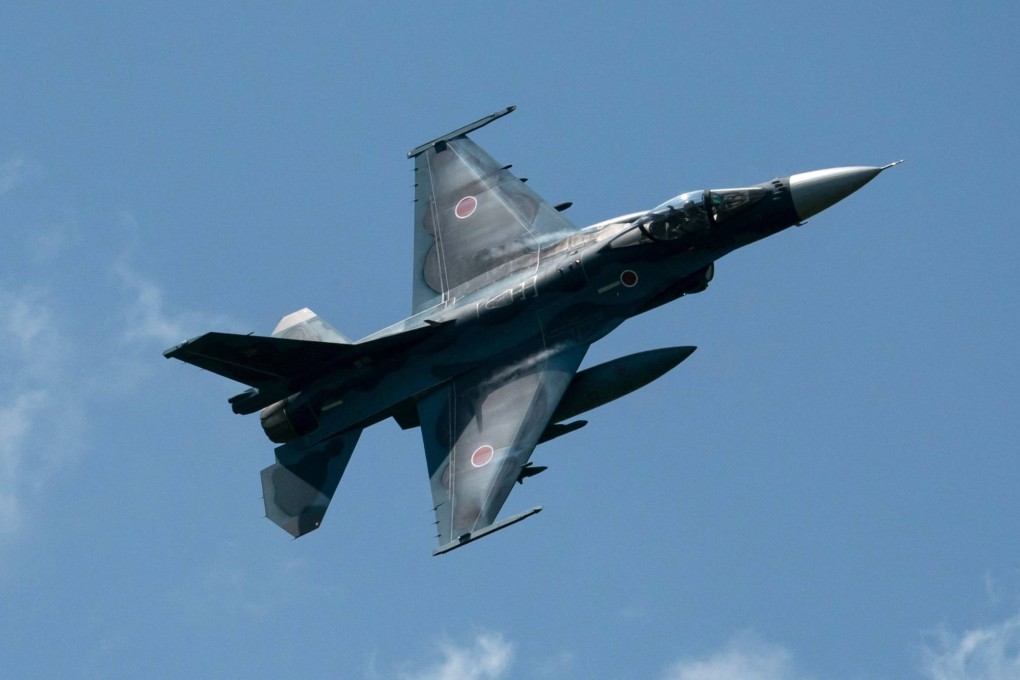Advertisement
Is China’s assertiveness, Ukraine war behind pacifist Japan’s policy change to allow the export of heavy arms?
- New rules on defence exports will be part of Japan government’s new policy on economic and fiscal management and reform that is expected to be finalised in June
- China’s assertiveness, Ukraine war were factors for the policy change, but the primary aim is provide a shot in the arm to Japan’s domestic defence industry
Reading Time:3 minutes
Why you can trust SCMP
8

Japan is planning to relax its restrictions on exports of weapons to around a dozen countries as it looks to increase the international competitiveness of domestic arms manufacturers and simultaneously develop closer operational ties with its allies.
With security challenges growing in the Indo-Pacific region and the conflict still raging in Ukraine, the government of Prime Minister Fumio Kishida is keen to enhance the capabilities of domestic weapons contractors. Alterations to regulations that presently limit the sale of military hardware to other nations to non-lethal equipment are likely to occur before the end of the financial year in March.
And while analysts anticipate a degree of opposition to the changes from some left-leaning members of the Diet and in Japanese society, they point out that there is a growing realisation among the public that an increasingly assertive China and an unpredictable and nuclear-armed North Korea are heightening tensions in the region.
The Nikkei has reported Japan intends to permit exports of fighter aircraft, missiles and other weapons systems to countries that include the United States, Britain, Germany, France, Australia and India. Restrictions will also be lifted for nations in Southeast Asia, such as Vietnam, Thailand, Indonesia, the Philippines and Malaysia.
In the past, Japanese military equipment manufacturers were only allowed to sell to Japan’s armed forces. That changed in 2014, enabling the export of body armour, helmets, battlefield medical equipment, radar systems, patrol vessels and minesweeping ships, although the ban remained in place for lethal weapons.
Advertisement